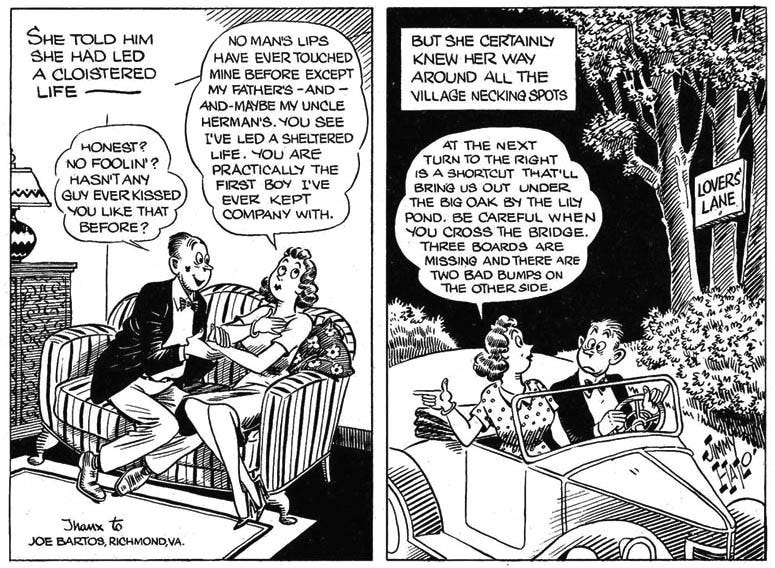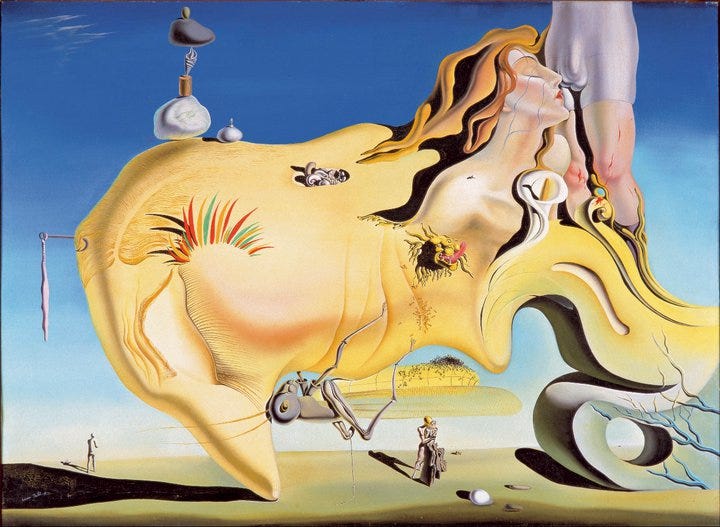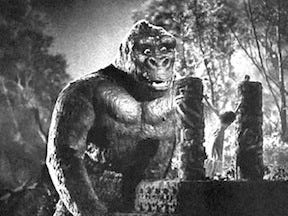“Bach is Bach as God is God”-- Hector Berlioz
Art is a form of religion. It uses symbols and stories to create a sublime, emotional experience. This demonstrates that religion, or at least spirituality, is experienced by the secular, including atheists. And, of course, art is used by all religions.
Art gives intuitive insight about the world and ourselves. Yet not only is art irrational, it is often based in lies. The plot of a story is often illogical, physically and historically impossible. A novel is made up. A science fiction movie is a figment of the imagination and never happened and never will happen. Abstract and many other styles of paintings do not picture a physical reality.
What does this say about human thinking, about human knowledge, that not only does some of it lie beyond logic, reason and observed objective facts, but that it is often found in illogic and lies?
Picasso said, “Art is a lie that takes us closer to the truth.”
Francis Bacon said, “The job of the artist is to deepen the mystery.”
Traditional religion is much like art. It has stories, scriptures, and dogma. It shouldn’t be taken literally. Even though I believed he likely lived, Jesus is a metaphor.
Religious scriptures, stories and symbols are not to be taken literally, but as with the fiction of a movie or novel give people insight, ideas, teach lessons and give intuitive knowledge. As with art, they communicate ideas and feelings that cannot be produced directly or literally. It is a mistake of both the religious and the anti-religious when they take religious scriptures and symbols as literal.
The following looks at some psychological and neurological aspects of art. Keep in mind how they are also integral to religion.
.
Connecting to the Unreal
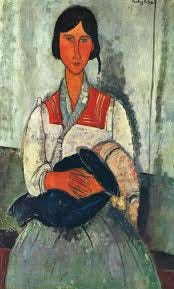
A complex and fascinating question is why do humans have such strong emotional reactions and human connections to unrealistic art? Why do viewers become scared, even haunted for days, by a movie monster they know doesn't exist? Why do humans become enthralled by distorted figures and scenes that aren't realistic? Why do viewers form emotional attachments to comic book characters?
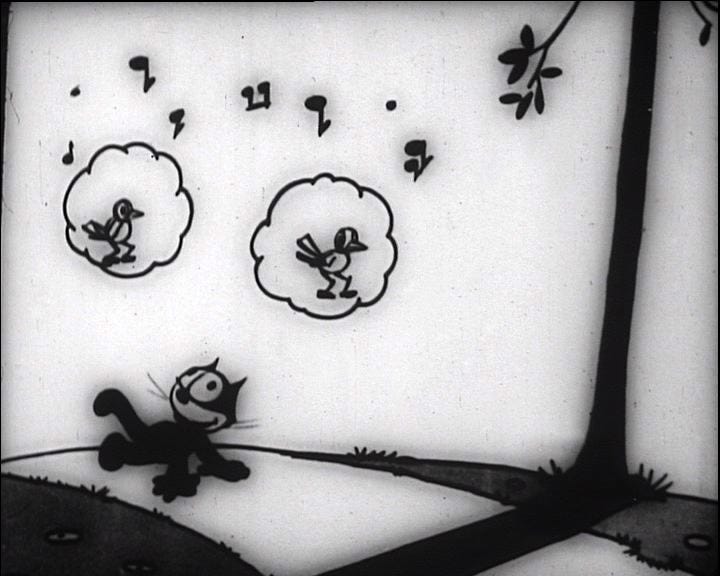
The answer lies in that, while humans know art is human-made artifice, they decipher and perceive art using many of the same conscious and nonconscious methods that they use to perceive reality. Looking at how we view reality shows us how we view art, and looking at how we view art helps show us how we interpret reality.
The following are aspects.
Art perception is irrational
People don't perceive art or reality on the entirely logical or literal levels. Art is designed to communicate emotionally. Music is felt. Beauty and ugliness are psychological. Unreal things, distorted figures, a fictional monster in a movie can strike a primordial chord in us that our normal daily reality can't. A computer-generated science fiction landscape can be perceived as beautiful.
Picasso said, “You will not understand art as long as you won't understand that in arts 1+1 may give any result but 2.”
Art is subjective and personal
Subjectivity is an integral part of the human experience, and all human perception and judgment are subjective. Love, lust, like, dislike, taste, smell, views about beauty and ugliness. A subjective experience is a product of the individual’s mind. While real and often emotionally profound, the subjective experience cannot be objectively measured by others.
When someone is listening to music, the music’s note, pitch, speed, volume and the listener’s ear vibration and heartbeat can be measured by scientific instruments. However, the listener’s aesthetic experience cannot. This experience is experienced by the listener alone. Even if asked to, the listener could not fully translate the experience to others, in part because it is beyond words and their own consciousness. The emotional experience is experiential.
What does it say about identifying what is a work of art that your enjoyment and appreciation of a work often changes from viewing to viewing or listening to listening?
Humans mentally adapt to and accept new and artificial worlds
Throughout our lives, we learn new games, rules, rituals and fashion. In art, we adapt to musical styles, genres, and conceits. Through repetition, artistic symbols and associations become more than convenient intellectual devices. They become ingrained.
Our perception of reality is formed by the conceits of art. Around the world, people perceive the Old West from Hollywood movies, even though historians will tell you those depictions are historically incorrect. People gain dubious perceptions of faraway places and peoples from sitcoms and action movies.
Symbols
Symbolic language is an integral part of the human experience on many levels. A symbol is something that represents something else, something larger. It is a shorthand, often to a complex idea.
To many, blue at the top of an abstract painting or kid’s sketch represents sky, and green at the bottom represents grass or ground. A gold ring on the finger symbolizes marriage. Shadows in a movie can symbolize danger and mystery. A cross represents Christianity.
Not only can commonly known symbols be used in art to communicate ideas, meaning and mood, but this illustrates how humans don’t need reality to communicate real ideas. Symbols literally aren’t the thing they symbolize.
Literature, this paragraph you are reading, is a long series of symbols. The meaning isn’t in the symbols themselves, but what they evoke in your mind. I couldn’t communicate many of the ideas in this book without these symbols.
Each art medium is limited in what it can show literally
A painting or sketch doesn't have physical depth or movement. A silent movie doesn't have voices even when the people on screen converse. The letters of a novel can't graphically show a sunrise. This means a medium must use artificial devices to communicate the literally undepictable. Comic strips use dialogue bubbles, silent films use captions, two dimensional art uses symbols to depict three dimensions, movies use music to express mood and emotions.
Speculation, play-acting, day and night dreams
All humans speculate about the past and future, things that haven’t happened, things could happen. People wonder what their life would have been like if they were born in a different family or time and place or with different looks. Someone wonders how the conversation would have gone differently if he hadn't made that stupid remark. People ponder what their life will be like in the future. Speculation is an essential part of human intelligence. Great inventions and human achievements arise from speculation.
Humans daydream, play-act, dress up as different people, mimic others, act as if they are animals to amuse their kids, dress up in costumes for Halloween and masquerade balls, have imaginary in their head conversations, practice speeches before imaginary crowds.
In our sleep we have strange and surreal dreams of impossible situations and lands and scenarios. Dreams can resonate and haunt us deeply. Dreams affect how we think and act in our daily lives.
The surreal situations, fictitious plots, made-up characters and distorted figures of art go hand in hand with our normal day-dreaming and play-acting lives. A novel may have a made-up plot and characters, but our daily speculation and daydreams involve similar fiction. Science fiction is often a serious intellectual if also entertaining speculation of the future and space. A painting or movie may have a surreal landscape and bizarre characters, but so do our dreams. Much art is about dreams and daydreams.
Humans know and feel there is more than what they see and can comprehend, more than what they experience in their day-to-day lives
Humans know people in a society hide their true thoughts and feelings. They know they have feelings and ideas that can't be put into words. They know there are concepts they can only imagine.
The unrealistic, the impossible, the surreal, symbolism can evoke that which realistic art and our daily lives don't. Abstract patterns and wordless music can evoke secret memories, emotions and philosophical ideas that a photograph or neighborly chat cannot.
A photorealistic snapshot can reveal little about what the subjects think and feel.
.
Basic Qualities that Produce Emotional and Aesthetic Reactions
Using brain scans, neuroscientists such as Semir Zeki of University College London and Vilayanur S. Ramachandran of the University of California at San Diego have shown that much of our aesthetic perception of art and the world is a natural emotional reaction to basic sensory stimuli. Whether viewed on their own or incorporated into art or the physical world, many basic qualities and designs evoke natural psychological, aesthetic, and even physical reactions in humans.
The reactions we have to certain colors, angles and textures are in part hardwired into our brains, though can be honed and altered with experience, education and culture. Artists use these emotion-inducing qualities to help express their artistic ideas and create aesthetic feelings. A landscape painter may use warm colors and soft lines to evoke pleasant and serene reactions, while an advertising poster artist or propagandist may use bold colors and jagged lines to excite the senses and raise the blood pressure. Our emotional reactions are an evolutionary part of our functioning and survival as a species.
The following are examples of basic qualities that produce emotional reactions.
Symmetry and balance
Humans are naturally attracted to symmetrical and balanced scenes in nature and designs in art. They judge the health and beauty of other humans by symmetry. The standard beautiful face and healthy young body are symmetrical. On the flip side, someone with a hunchback, limp or disfigured limb is seen as injured or diseased. A flower that is wilted or a tree that is tilted to one side is seen as sick or damaged.
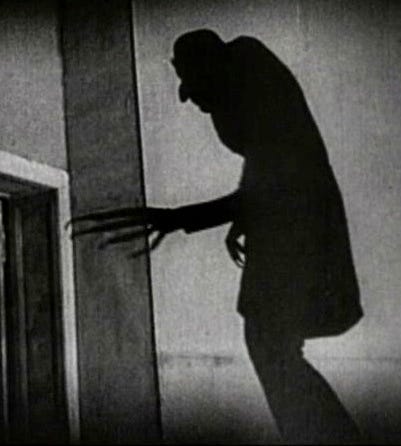
Unrealistic exaggerations
Professor Ramachandran says that humans are psychologically influenced by unreal exaggerations of certain qualities.
Take size as one example. To humans, the larger the wolf or alligator or gorilla or mountain, the more intimidating and awesome. The larger man is assumed to be the more powerful than the smaller one. Logically, you know you will likely someday see a house and bear bigger than you've seen before.
This mindset extends beyond the bounds of reality. In the extremes, we get impossible super powerful and super-sized characters such as Hercules, Superman and the Incredible Hulk, or giants in the Bible and myths. If a gorilla is intimidating due to its size and strength, then King Kong is that much more intimidating.
This helps explain our psychological reactions to the exaggerated in art and myths, dreams and daydreams.
Mysteries and solving mysteries
Humans are distressed or intrigued by ambiguous scenes, the juxtaposition of seemingly unrelated things, mysteries and puzzles in art and the physical world. Dark and fog hide things from view, and are used in mystery and suspense movies. Our initial psychological response towards mysteries, as is often found in art, is natural. As is the following trying to figure out what is the meaning in mysterious scenes and in the relationship between juxtaposed objects.
Emotionally responding to then feeling psychologically and intellectually compelled to solve mysteries is natural to humans, as is the pleasurable response we get when we feel we’ve solved the mystery. There’s a reason why so many people get enjoyment out of television mysteries, jigsaw and crossword puzzles– at least when, in the end, the mystery is solved or the puzzle finished.
This mirrors our ancient days when humans in the wild were at first distressed or intrigued by a mystery then relieved when it was solved.
Humans enjoy solving a mystery more than knowing the answer right away. The final pleasure is heightened when it is preceded by mystery and mental problem-solving effort.
Meaning and identification
People naturally like scenes, situations and art where they know what are the meaning and identity. People often have viscerally negative reactions to abstract art because they don’t understand it. They don’t know what it is supposed to mean, they don’t see identifiable objects. They want it to be like ‘normal’ art where there is a boat or a house or animal or mountains.
People who are artists or otherwise more educated about art, or more naturally open-minded, tend to like abstract art more. They understand it more. With more exposure and longer viewing of an abstract painting, people tend to like the paintings more. It’s their initial gut reaction that is most negative and visceral.
This is a natural reaction in humans throughout our history. Humans have never liked, or at least are highly intrigued, when faced with a situation where they have no idea what is going on. They want concrete answers. It’s important to survival.
Identifying objects through basic qualities
Professor Zeki says humans naturally identify objects by basic, essential qualities. As objects such as trees, apples and dogs each vary to degree from specimen to specimen, we must be able to identify them by these basic qualities, such as general color, general shape, general size and weight.
Many artists reduce the subjects of their art into the bare essentials that allow the viewers to recognize what they are. Look at a Modigliani or a Cezanne painting, a comic strip or child’s sketch and you immediately identify the woman, the house, the dog or sun.
The ability to identify objects by general key qualities has been essential to our survival since our ancient days. Bananas, for example, don't come in the exact same sizes, shapes and tones, and humans need to identify what objects are edible.
.
Semir Zeki says that, though they didn’t realize it, great artists were neuroscientists. They used angles, symbols, colors and other qualities to influence the audience's minds. One significant point about this is that it shows that the mind can be artificially manipulated.
That humans can be affected by the fake of art, the artificial– sometimes even more so than reality– says something significant about the reliability of human aesthetic perception. Human emotions being a direct path to identifying larger objective truths is at best a dubious notion.
Artworks and religions are artifacts, showing how humans think and perceive, their physiological abilities and limitations, the questions they have, the human condition. Alien psychologists and scientists from the future would learn about humans from these artifacts.




